- News
- Reviews
- Bikes
- Accessories
- Accessories - misc
- Computer mounts
- Bags
- Bar ends
- Bike bags & cases
- Bottle cages
- Bottles
- Cameras
- Car racks
- Child seats
- Computers
- Glasses
- GPS units
- Helmets
- Lights - front
- Lights - rear
- Lights - sets
- Locks
- Mirrors
- Mudguards
- Racks
- Pumps & CO2 inflators
- Puncture kits
- Reflectives
- Smart watches
- Stands and racks
- Trailers
- Clothing
- Components
- Bar tape & grips
- Bottom brackets
- Brake & gear cables
- Brake & STI levers
- Brake pads & spares
- Brakes
- Cassettes & freewheels
- Chains
- Chainsets & chainrings
- Derailleurs - front
- Derailleurs - rear
- Forks
- Gear levers & shifters
- Groupsets
- Handlebars & extensions
- Headsets
- Hubs
- Inner tubes
- Pedals
- Quick releases & skewers
- Saddles
- Seatposts
- Stems
- Wheels
- Tyres
- Health, fitness and nutrition
- Tools and workshop
- Miscellaneous
- Buyers Guides
- Features
- Forum
- Recommends
- Podcast
TECH NEWS
 lapierre aircode sl 4.jpg
lapierre aircode sl 4.jpgLapierre Aircode SL 2018: Updated aero bike is lighter and stiffer
French company Lapierre entered the aero road bike market with its Aircode in 2014, and for 2018 it has developed an updated bike that aims to offer aerodynamic improvements whilst matching its Xelius SL for handling, stiffness and comfort.
The new bike, already put to use in the 2017 Tour de France, takes aerodynamic lessons learnt in the development of the company’s Aerostorm TT bike. Meanwhile, the handling has been worked on, with the aim to bring some of the Xelius SL’s “reactivity” to the Aircode.
- Tour Tech 2017: Thibaut Pinot's new Lapierre Aircode SL
The company sponsors the FDJ team and more than just supply bikes, they work together to develop the bikes - Sebastien Joly and Arnaud Demare were involved in the development. The latter won that dramatic stage 4 of the Tour on his new bike (y’know, the one when Cavendish crashed out and Sagan was booted out).
Previously the team would clearly favour the Xelius SL for its lower weight and handling benefits, but at this year’s Tour it was clear the changes to the Aircode SL had meant the team were favouring the aero advantage - even Thibaut Pinot was seen riding it on the flatter stages.
Changes to the new Aircode SL include revised geometry, the chainstays are 3mm shorter and the fork rake has been reduced, to bring it closer to the Xelius SL, a new aero seatpost, direct mount brakes and the TrapDoor technology that houses that Di2 battery in the downtube for better weight distribution.
The frame profiles have been refined, and now shaped using a combination of NACA and Kamm Tail profiles, used where they deliver the necessary performance attributes. The downtube, for example, transitions from one to the other to increase lateral stiffness at the bottom bracket.
The frontal surface area is critical on an aero road bike, and to reduce drag here Lapierre has aimed at reducing the overall height, by integrating the fork crown into the down tube to bring the front wheel closer to the frame. It’s also using a direct mount brake caliper which allows the fork crown height to be lower than with a standard brake and has optimised the profile of the fork blades. To reduce stack height the top of the head tube is lower than the top tube.
Lapierre has also brought over the PowerBox carbon frame tech from its Xelius SL to the Aircode, which involves a carbon fibre layup that puts more material where it’s needed most to add stiffness in key places. The aim is to move the new Aircode SL closer to the Xelius SL in how it handles and responds to rider inputs.
The aero road bike category arguably kicked off by the Cervelo Soloist back in 2002, has matured over the years. The aerodynamic factor has improved as bike designers have gotten better at understanding the interaction of airflow over the frame, and whilst there’s no doubt the bikes have gotten faster, one area that has long suffered is comfort.
So addressing the ride comfort has been the other cornerstone of aero road bike development in recent years, culminating in bikes like the Trek Madone which borrowed the bump-absorbing Isospeed decoupler from the Domane endurance bike.
So to address the comfort issue, Lapierre has added rubber insert to the top of the aero seatpost because aero seatposts are commonly not as comfortable as round seatposts. The company reckons this is enough to offer comfort levels to challenge most endurance bikes.
- 16 of the best and fastest 2017 aero road bikes — wind-cheating bikes with an extra turn of speed
There will be seven models to choose from with availability and prices expected to be confirmed later this year. We’ll update this article once we get those details. More at www.lapierre.com
David worked on the road.cc tech team from 2012-2020. Previously he was editor of Bikemagic.com and before that staff writer at RCUK. He's a seasoned cyclist of all disciplines, from road to mountain biking, touring to cyclo-cross, he only wishes he had time to ride them all. He's mildly competitive, though he'll never admit it, and is a frequent road racer but is too lazy to do really well. He currently resides in the Cotswolds, and you can now find him over on his own YouTube channel David Arthur - Just Ride Bikes.
Latest Comments
- mdavidford 25 min ago
You seem to be rather undermining your own point here, given that LTNs fall squarely into the class of what Chrisona's talking about (modal filters...
- wtjs 26 min 19 sec ago
What do they expect to achieve on one day a week? Not much, which is exactly what they want.
- brooksby 25 min 52 sec ago
https://www.bournemouthecho.co.uk/news/24697990.driveways-blocked-counci...
- wtjs 29 min 51 sec ago
I have been using a Tickr for years, multiple battery changes with no problem at all Same with Polar H10.
- Chris RideFar 10 hours 22 min ago
I know that in independent tests on 10 and 11 speed chains, the SRAM chains always came out bottom in terms of drivetrain efficiency. Lots of...
- quiff 10 hours 28 min ago
The comparison was between two things never intended to be used on a bike.
- chrisonabike 11 hours 46 min ago
Well, send us a review when you've cycled it!...
- Backladder 13 hours 9 min ago
Since the driver used similar language it in not "likely" that he was caused harrasment alarm or distress by having it returned to him. (IANAL)
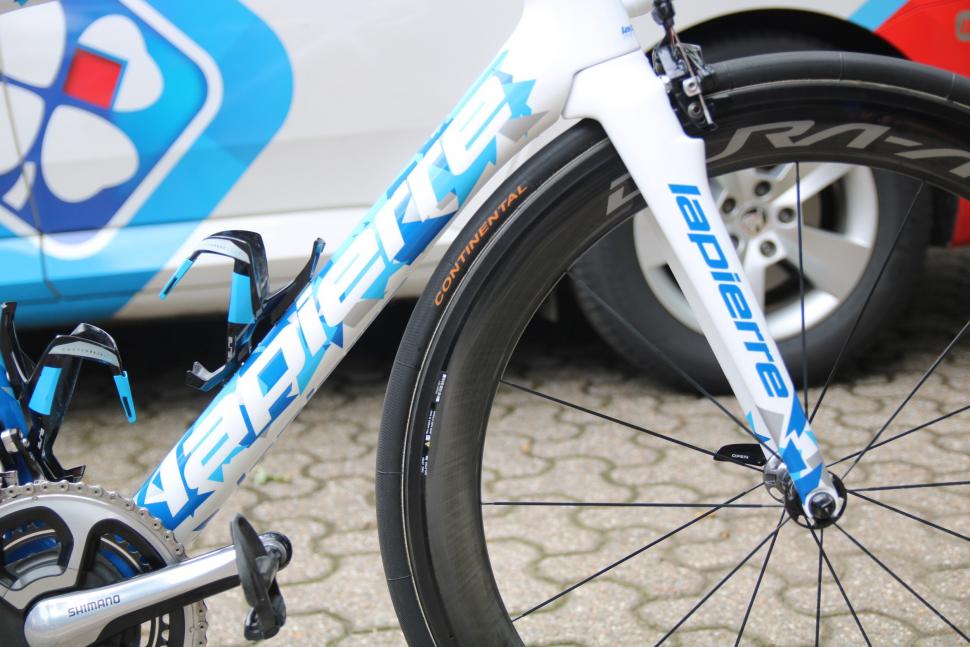
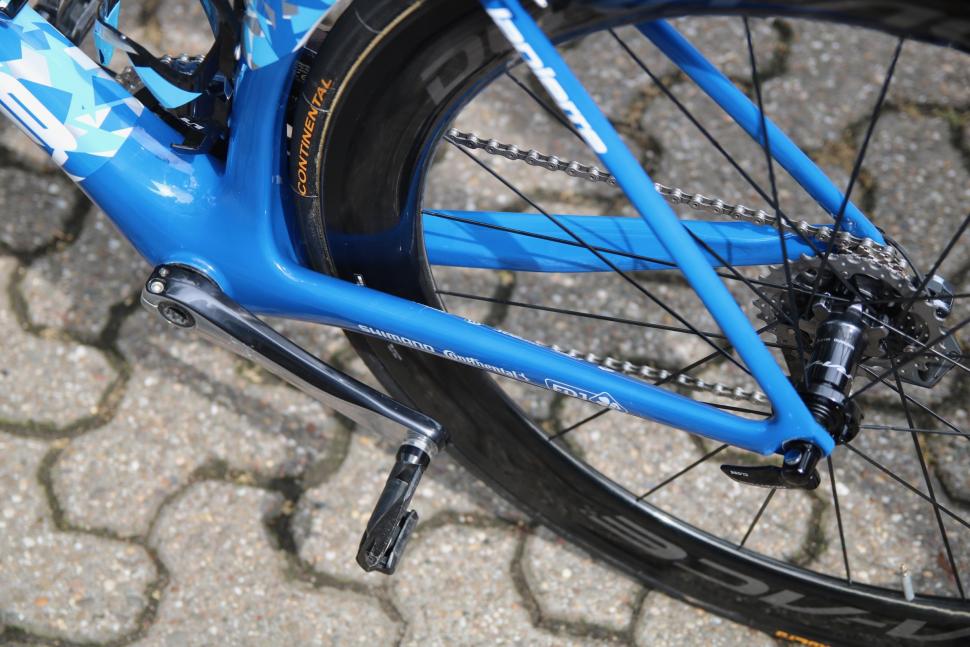
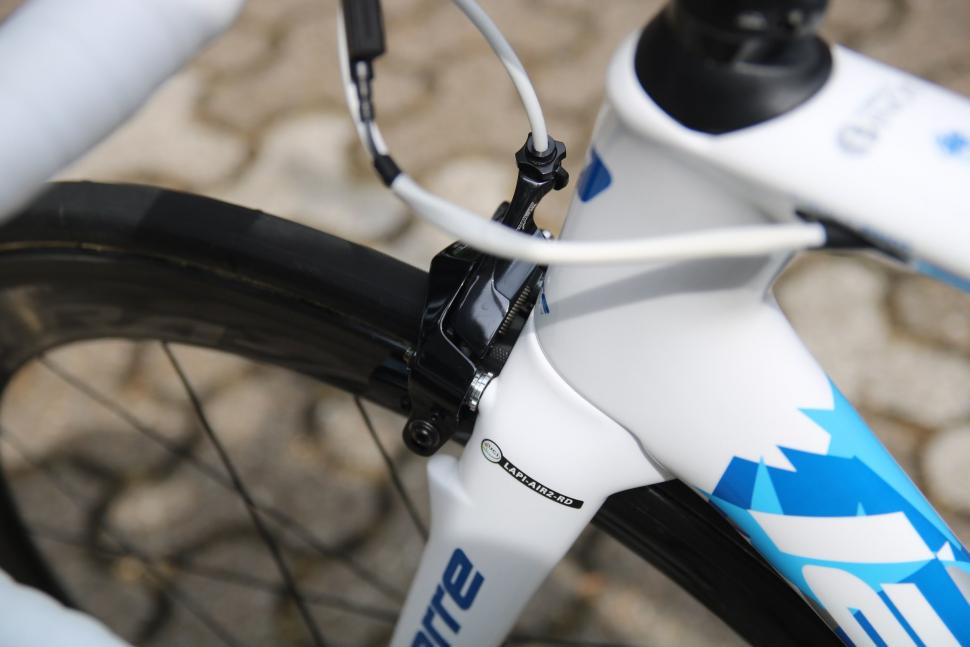
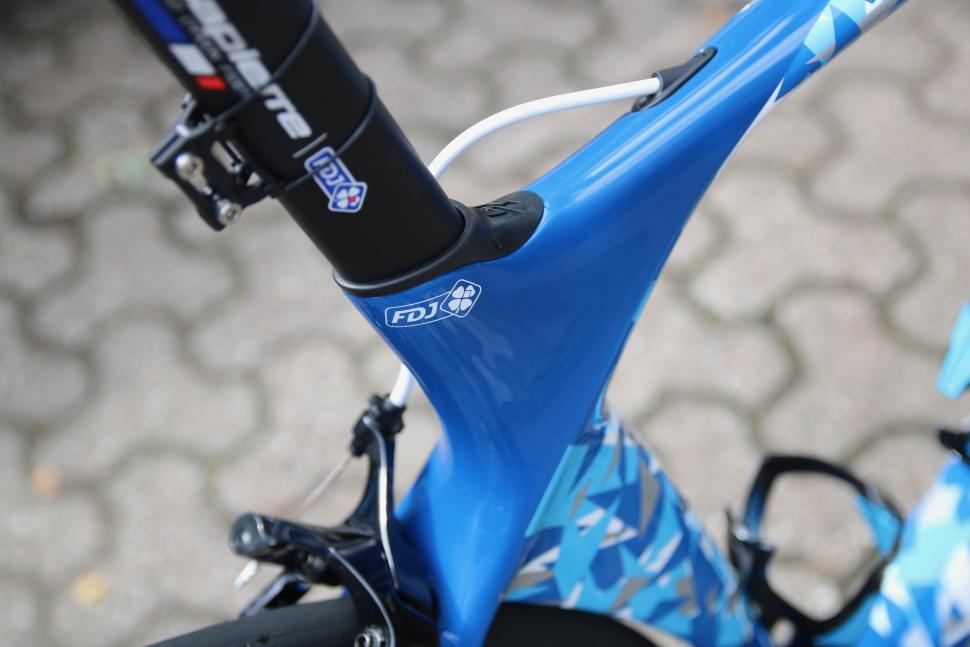
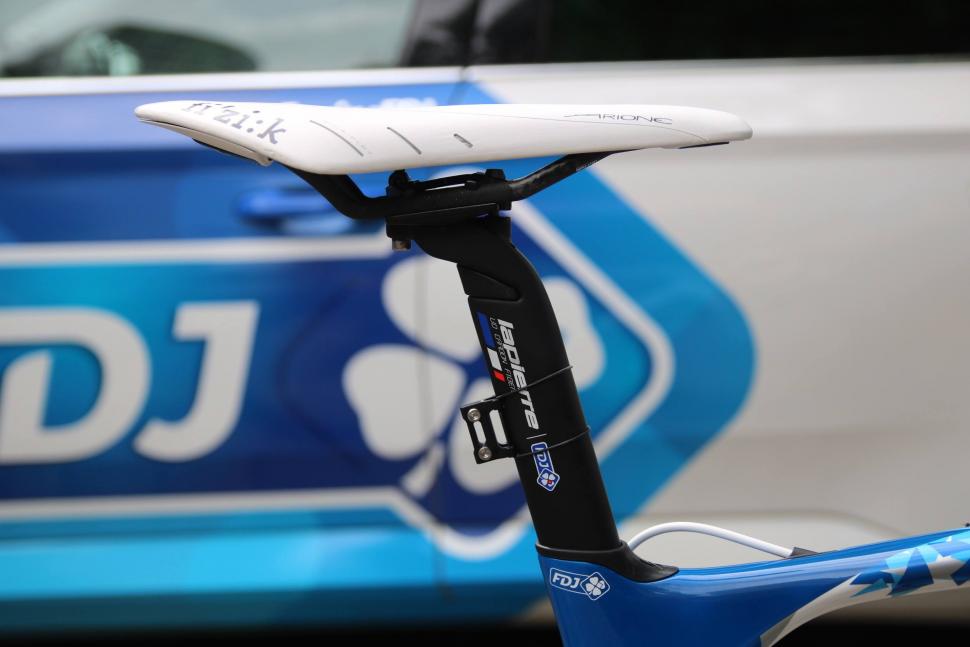
Add new comment
2 comments
Love the FDJ paint job. Class.
I like this bike, in my little world, I'm one of the only people to like these bikes but I don't care, I like it... it's got my name on it.. je m'appelle Pierre.